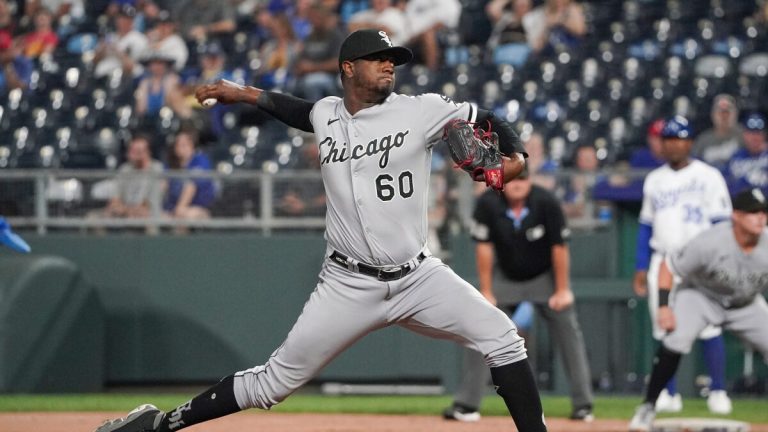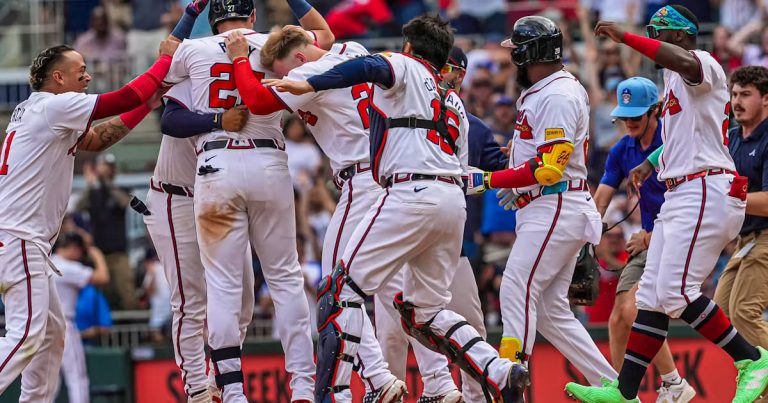7 Kinds of Baseball for Players of All Ages and Skill Levels

Baseball is a sport loved by many and played by athletes of all ages. From Little League to the Major Leagues, a range of baseball types have emerged to cater to players at different stages of development. In this article, 24hscore explores the seven most popular varieties of baseball tailored for specific age groups and skill levels.
Whether you’re a parent looking for the ideal ball for your aspiring T-baller or a college coach seeking the best equipment for your varsity squad, you’re sure to find the right fit. We’ll cover everything from soft balls for beginners to the hardened models swung by the pros. Read on as we break down the unique features, benefits, and intended uses of baseballs at every level of the game. No matter your age or ability, there’s a ball that’s just right for you.
The Diversity of Baseballs Across Different Levels
For the casual baseball enthusiast, all baseballs might appear uniform at first glance. Yet, those immersed in the game, particularly players at varying stages, encounter a spectrum of baseball types.
The nuances lie in their weights, dimensions, compositions, and production methods, tailored to different age brackets and competition tiers. In the Major Leagues, the use of firm, heavier balls is standard. However, employing such balls in youth leagues could pose risks as young players are still developing physically. Not only might this lead to potential injuries, but it could also dampen their enthusiasm for the sport.
Conversely, if professional players were to wield balls designed for younger players, it would significantly hinder their performance potential.
Matching the appropriate baseball characteristics to the corresponding level of play is vital. Using the right ball type ensures safety, promotes skill development, and maintains the sport’s allure across all age groups and skill levels.

The Composition and Varieties of Baseballs
The anatomy of a baseball comprises three key components: an inner core, windings of wool or polyester encasing the core, and an exterior covering, often crafted from cowhide leather.
The unique construction of these parts significantly influences the ball’s performance attributes and safety features.
When considering the purchase of a baseball, it becomes pivotal to discern which variant aligns with a specific level of play.
Exploring the diverse array of baseball types accessible in the market, I’ll delineate their distinguishing factors and elucidate their intended user demographics.

Safety-Centric Baseballs
These balls, tailored for the youngest baseball enthusiasts aged 4 to 8 engaged in tee ball or similar introductory leagues, prioritize safety above all else. Their defining trait lies in their softness and reduced weight, ensuring minimal injury risks during early skill development. Crafted from synthetic materials, they facilitate skill acquisition and are typically budget-friendly.
Reduced Injury Factor (RIF) Baseballs
Catering to players in transitional stages, RIF balls strike a balance between safety and performance. Featuring a polyurethane core, they offer a semblance of the regulation baseball feel while maintaining a lower impact force. Categorized by the SEVerity Index, these balls suit various age groups, starting from TEE level up to Level 10, adjusting the impact force upon contact.
Youth Tournament Baseballs
Designed for budding talents aged 8 to 14, these balls, used in Little League competitions, incorporate cork centers, wool windings, and leather coverings. Offering a middle ground between safety and performance, they differ from softer youth variants and are intended for use with appropriately sized aluminum bats.
High-School and College Baseballs
Resembling professional-grade balls, these cater to high-school and collegiate leagues. Slightly lighter and less dense than their pro counterparts, they possess a cork center encased in wool yarn and, at times, high-quality synthetic coverings. Typically paired with aluminum bats, they maintain standards while allowing for optimal play.
Professional Baseballs
Reserved for the pros in the MLB and Minor Leagues, these balls epitomize quality and performance. Meeting stringent MLB standards, they feature high-grade cowhide leather coverings, tightly wound cores comprising wool and premium polyester-cotton blends. The rolled seams and top-notch craftsmanship cater to the elite players’ exacting demands.
Practice Baseballs
For cost-effective training, practice balls serve players across all levels. Although inferior in quality and performance, their practicality, affordability, and synthetic construction make them indispensable for drills and rainy-day practices.
Weighted Baseballs
Emerging as a popular training tool, weighted baseballs, albeit resembling regular ones, boast increased weight beyond the standard five ounces. Ideal for specialized pitching programs, they target arm strength development but prompt discussions regarding safety. Gradually escalating weight aids in skill progression for pitchers, starting conservatively for younger players.
Conclusion
In a world filled with a myriad of baseball types and brands, the process of selecting the right one can be a daunting task, leaving enthusiasts and parents alike feeling overwhelmed. This guide aims to be a beacon, cutting through the confusion and enhancing your comprehension of the ideal baseball for your needs.
Whether you’re an active player or the parent of an aspiring athlete, investing in baseballs can strain your budget. Precision is paramount, aligning the ball with the age group and competition level to derive the utmost benefit. Each type of ball is meticulously crafted for a specific collective purpose, emphasizing safety, skill development, and optimal performance.
Let this guide be your compass in the vast sea of baseball options, ensuring that every swing, catch, and play is supported by the perfect ball tailored to your unique requirements.








